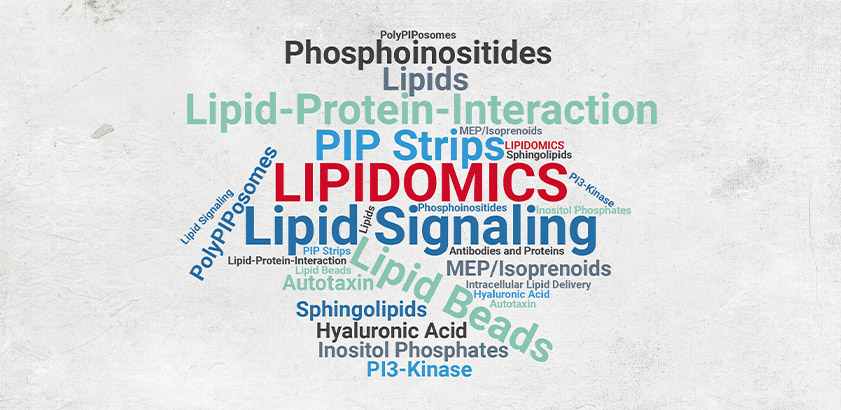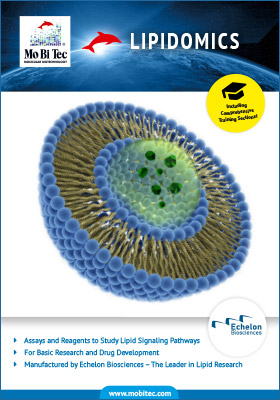No results were found for the filter!

Methacrylated Hyaluronate 250 kDa (Echelon Product Code: H-0250M 100MG)
Order #: ECH-H-0250M-100MG

Methacrylated Hyaluronate 250 kDa (Echelon Product Code: H-0250M 500MG)
Order #: ECH-H-0250M-500MG

Methacrylated Hyaluronate 100 kDa (Echelon Product Code: H-0100M 100MG)
Order #: ECH-H-0100M-100MG

Methacrylated Hyaluronate 100 kDa (Echelon Product Code: H-0100M 500MG)
Order #: ECH-H-0100M-500MG

AA3-DLin (Echelon Product Code: N-1003 10MG)
Order #: ECH-N-1003-10MG

AA3-DLin (Echelon Product Code: N-1003 25MG)
Order #: ECH-N-1003-25MG

AA3-DLin (Echelon Product Code: N-1003 100MG)
Order #: ECH-N-1003-100MG

4A3-SC8 (Echelon Product Code: N-1438 10MG)
Order #: ECH-N-1438-10MG

4A3-SC8 (Echelon Product Code: N-1438 25MG)
Order #: ECH-N-1438-25MG

4A3-SC8 (Echelon Product Code: N-1438 100MG)
Order #: ECH-N-1438-100MG

Vac14 Antibody polyclonal (Echelon Product Code: Z-RV14 10UG)
Order #: ECH-Z-RV14-10UG

Vac14 Antibody polyclonal (Echelon Product Code: Z-RV14 50UG)
Order #: ECH-Z-RV14-50UG
Viewed
*All prices in € excl. VAT and shipping



